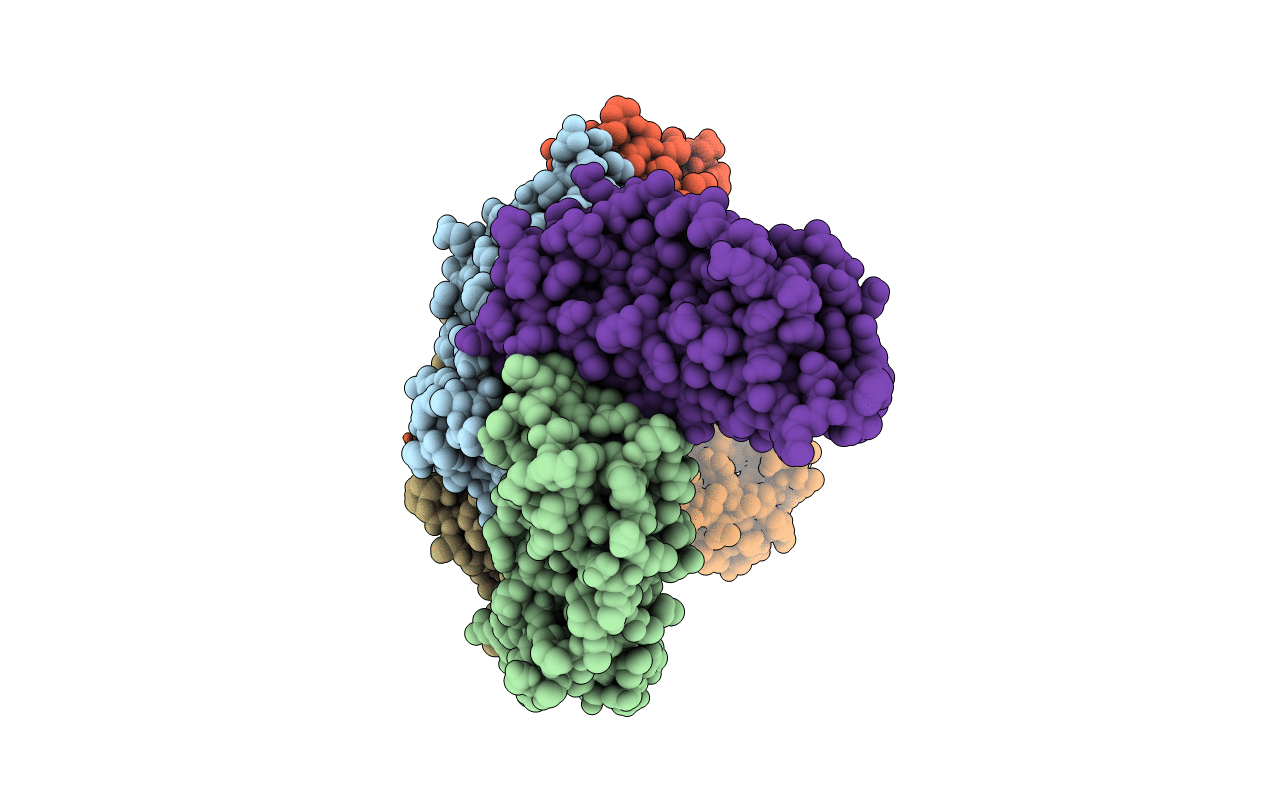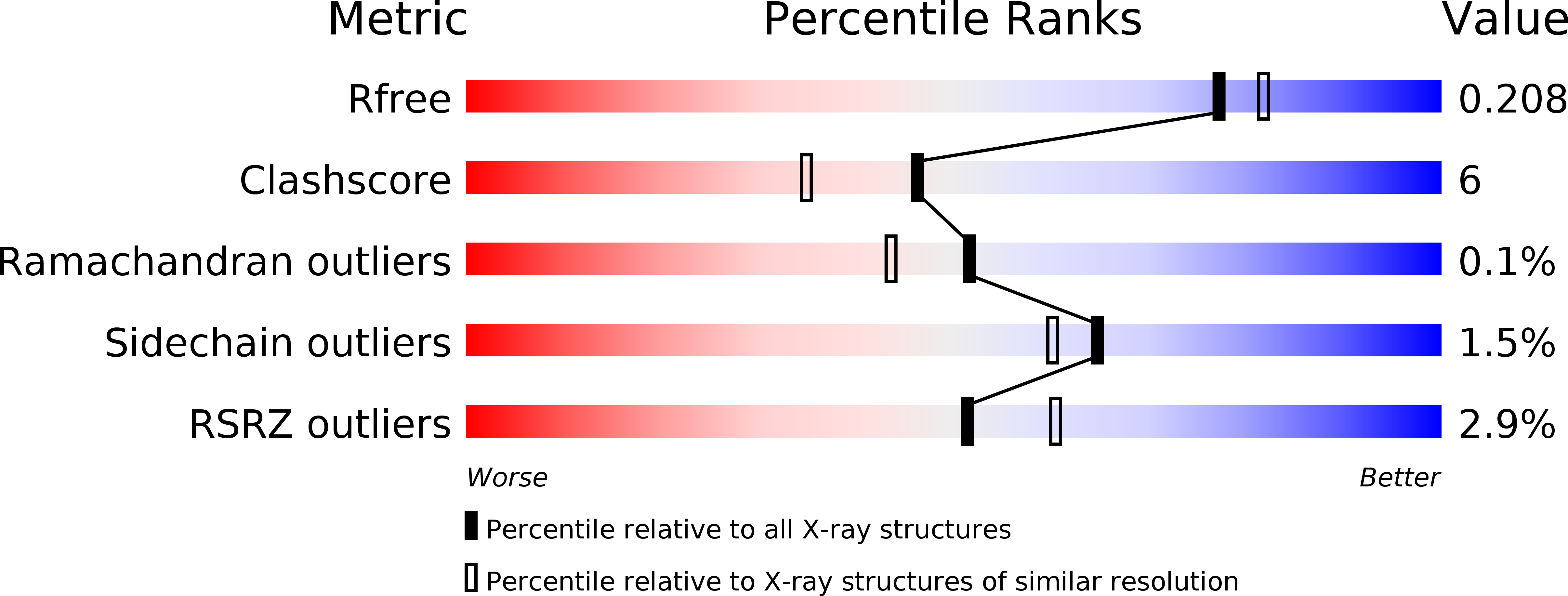
Deposition Date
2008-08-15
Release Date
2008-11-25
Last Version Date
2024-02-21
Entry Detail
PDB ID:
3E6S
Keywords:
Title:
Crystal structure of ferritin soaked with iron from Pseudo-nitzschia multiseries
Biological Source:
Source Organism:
Pseudo-nitzschia multiseries (Taxon ID: 37319)
Host Organism:
Method Details:
Experimental Method:
Resolution:
1.95 Å
R-Value Free:
0.20
R-Value Work:
0.17
R-Value Observed:
0.17
Space Group:
P 4 21 2


